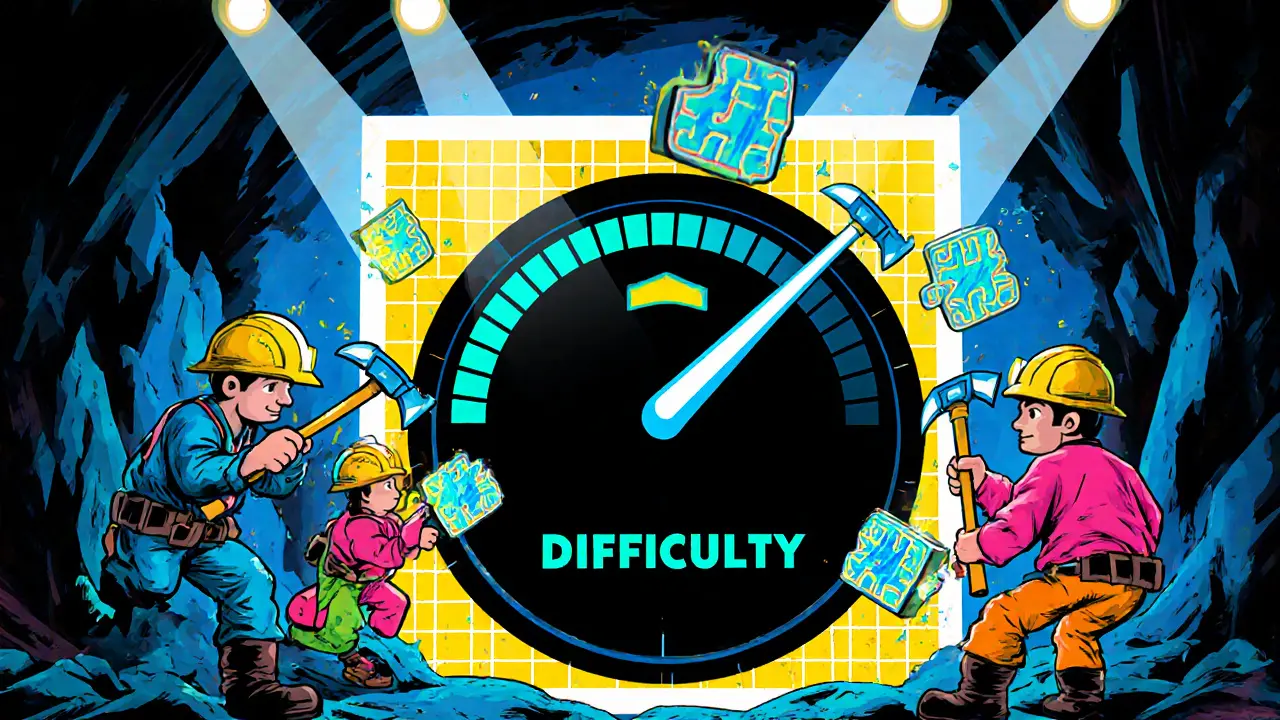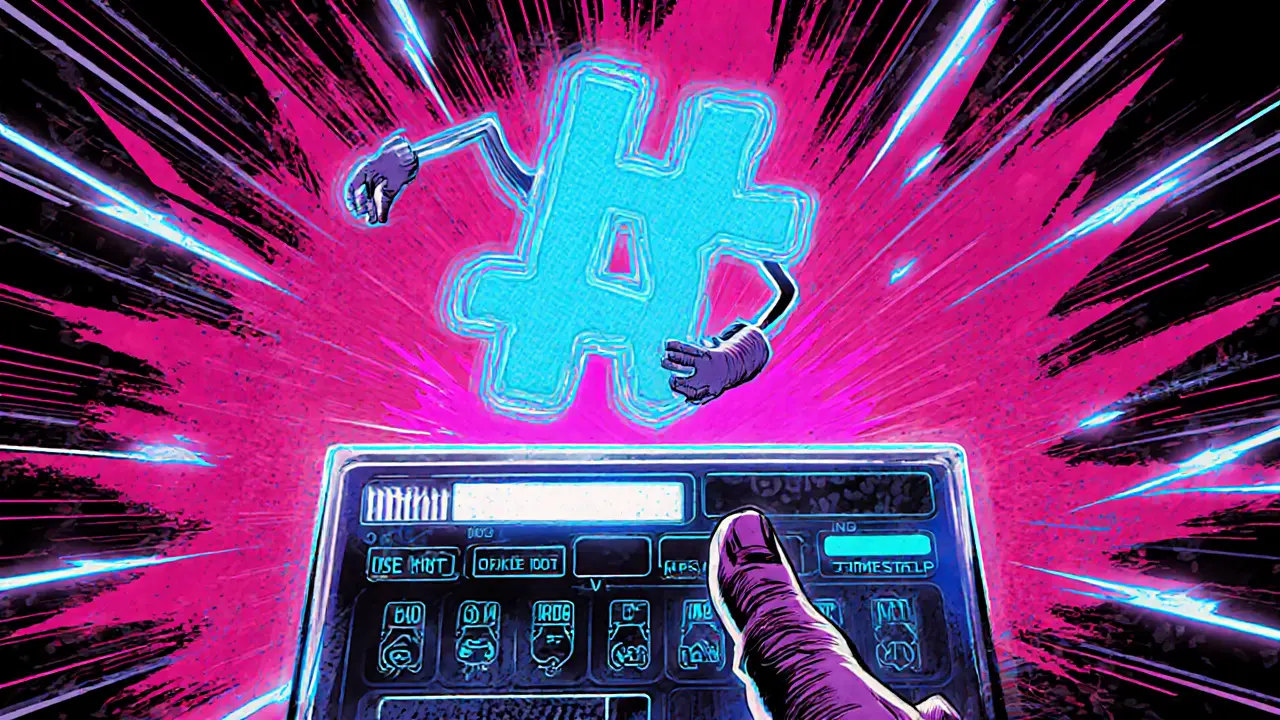Hash Rate: What It Is and Why It Matters
When talking about hash rate, the speed at which a mining device solves cryptographic puzzles. Also known as hashpower, it determines how quickly a miner can add new blocks to a blockchain and claim the associated reward.
Understanding hash rate is the first step to grasping mining difficulty, the algorithm that adjusts how tough a puzzle must be to keep block times steady. If difficulty climbs, miners need more hash rate to stay competitive. Likewise, proof of work, the consensus model that relies on solving these puzzles only works when the network collectively supplies enough hash power to secure transactions.
Key Factors That Influence Hash Rate
First, hardware matters. ASICs, GPUs, and even CPUs each deliver a different amount of hashes per second. An ASIC designed for Bitcoin can hit 100 TH/s, while a gaming GPU might manage a few hundred MH/s on Ethereum. Second, energy costs play a big role. Higher hash rates mean more electricity, so miners constantly balance power consumption with profit margins. Third, the overall health of the blockchain network, the group of nodes that validate and relay transactions influences the average hash rate: when more miners join, the network’s total hash power spikes, prompting the difficulty algorithm to increase.
Another practical angle is the hash rate calculator. You feed in your hardware specs, electricity price, and current difficulty, and the tool spits out estimated daily earnings. This helps you decide if scaling up or switching coins makes sense. Many miners also track pool hash rates to gauge how much share they’ll get from a mining pool versus solo mining.
Security is tightly linked to hash rate, too. A higher total network hash rate means an attacker would need massive computing power to launch a 51% attack, making the blockchain more resilient. Conversely, a sudden drop in hash rate—perhaps due to regulatory crackdowns or power outages—can make the network vulnerable, at least temporarily.
Finally, market dynamics affect hash rate indirectly. When a coin’s price soars, more people invest in mining equipment, spiking the network hash rate. When the price plummets, miners shut down rigs, causing hash rate to dip and difficulty to adjust downward. This feedback loop keeps block times relatively stable despite volatile prices.
All these pieces—hardware, energy, difficulty, consensus model, and market forces—interlock to shape the hash rate landscape. Below you’ll find a curated set of articles that dive deeper into specific aspects, from airdrop opportunities tied to mining rewards to country‑specific regulations that can impact your hash power. Browse on to see how hash rate connects to real‑world crypto scenarios and how you can leverage this knowledge for smarter mining decisions.

Mining Difficulty Explained: How Blockchain Networks Keep Block Times Stable
Learn what mining difficulty is, how it keeps blockchain block times steady, why it matters for miners, users, and network security, and see a quick comparison across major coins.
October 19 2025
What Is a Nonce in Blockchain? Explained Simply
Learn what a nonce is, how it powers Bitcoin mining, its role in block headers, and why it matters for Proof of Work security.
June 11 2025